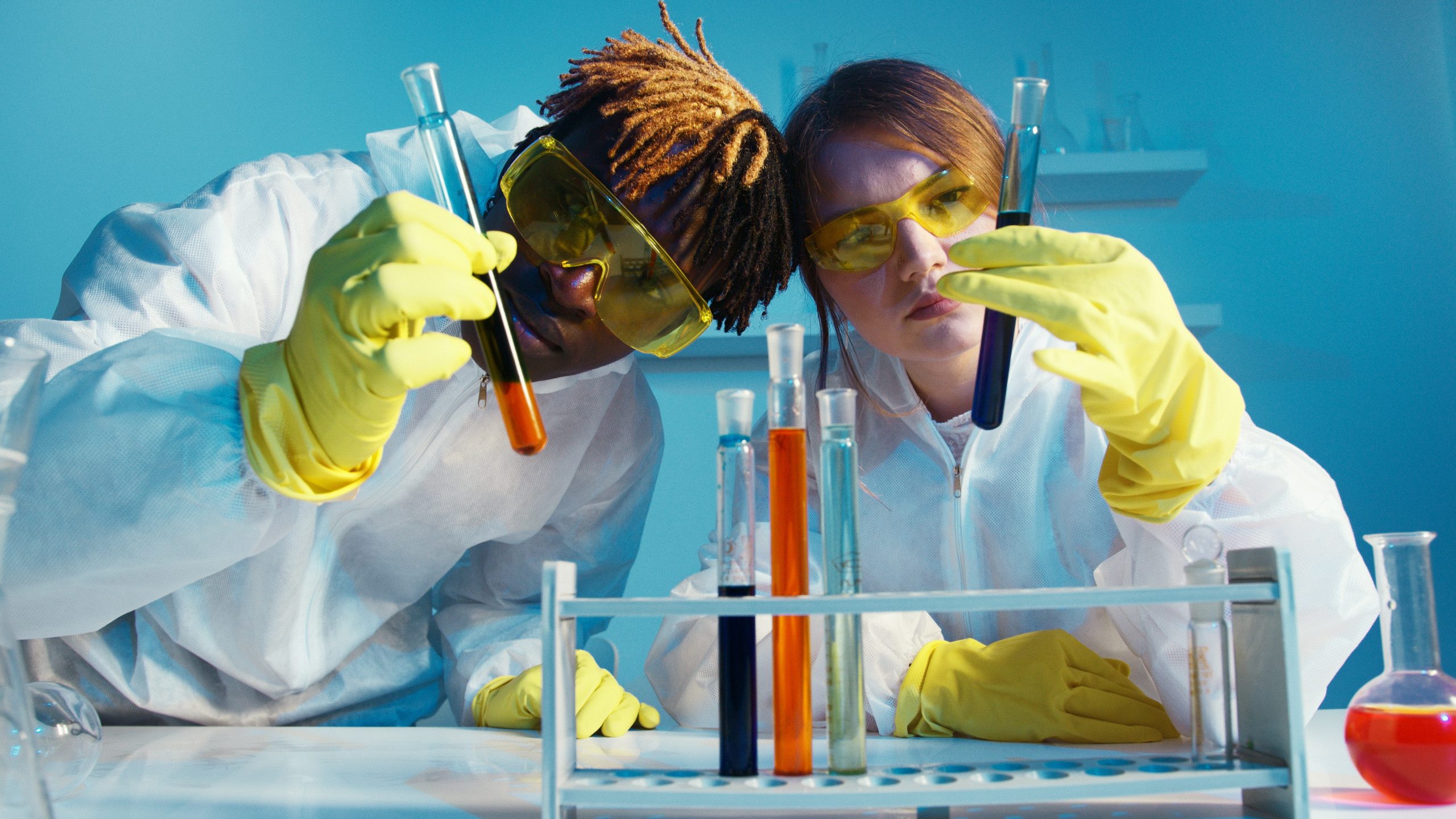
Modern life has become more dependent on artificial intelligence (AI) and drug discovery is no exception. In this article, we’ll take a glance at how biotech companies are expanding towards AI-facilitated early stages of drug discovery, its real-world consequences, and if it’s standing up to expectations in the life sciences industry.
Allowing robots to learn from experience and previous actions is one of the most important benefits of artificial intelligence (AI). Throughout our daily lives, it has become a part of our routines.
It is hoped that artificial intelligence (AI) can speed up and save costs in the drug discovery process, therefore shortening the time it takes for a new treatment to reach patients. The life sciences business is paying more attention to AI now because of the rising excitement around the field. IBM Watson, a machine learning system, is being used by Pfizer in its quest for immuno-oncology treatments. Roche subsidiary Genentech uses an AI system from GNS Healthcare in Cambridge, Massachusetts, to assist drive the global company’s quest for cancer treatments after signing a partnership with UK start-up Exscientia to leverage their AI platform to seek metabolic-disease cures.
Machine Learning-Based Image Analysis
The use of artificial intelligence (AI) in the analysis of image data can yield a wealth of useful information. It’s been Alnylam’s mission to profile massive MRI data banks, compiled from hundreds of individuals with varied medical disorders, utilizing computer vision algorithms.
NASH (nonalcoholic steatohepatitis) is one of the primary indications for this technique, a disorder that causes inflammation and scarring in the liver and eventually results in cirrhosis. There are several biomarkers that may be detected using MRI to determine whether or not a treatment is keeping NASH from developing over time. Because NASH is a chronic disorder, the disease develops slowly over time.
To better understand disease pathophysiology, several other firms are employing AI-based image analysis. There is a huge variation in the effectiveness of cancer immunotherapies, for example, due to the structure and cellular composition of the “microenvironment” within a tumour.
Harnessing AI for hit identification
Molecular design from scratch and hit detection are two areas in which AI has already proven to be an effective tool in the field of drug development. Hit identification analyses databases for pre-existing molecules that might be viable active components in new medications comparable to a trial-and-error procedure.
De novo molecular design is a computerized approach for creating new, distinct molecules from the ground up. AI can possibly examine and alter chemical characteristics more fully and rapidly than groups of researchers using the conventional method can.
A frequent constraint of AI-driven drug development is that the chemical interactions involved in developing a prospective therapeutic contender are unclear, thus making the actual laboratory synthesis of such product problematic.
Multiparameter Optimization
Through the use of a technique known as “multiparameter optimization,” researchers hope to enhance a drug’s capability to reach its intended target while also reducing its toxicity. Multiparameter optimization can also reduce the number of compounds created while looking for prospective drug prospects. It can also cut down on the number of designs cycles a drug candidate has to go through to be approved.
Making A Computer Chemists That Is Computationally Efficient
Artificial Intelligence (AI) has been used from the very beginning of drug development to create totally new lead compounds that display desirable activity in the virtual laboratory. A ‘computer chemist’ might learn from known beneficial substances and produce chemically accurate and synthesizable molecules with an intended biological action if computationally de novo design and AI were combined. Research by Merk et al. at the Swiss Federal Institute of Technology had previously shown that artificial intelligence had been hampered by the sheer number of choices and the possibility of hitting numerous targets.
Before Schneider’s team, the method could only be used retroactively; now, they’ve successfully created a “drug designer” which is non-human.
Using AI To Identify Biological Entities To Target
Artificial Intelligence (AI) may be used to discover and validate biological targets. When it comes to gene-disease connections, AI and natural language processing (NLP) may be used to search through huge volumes of medical literature and genetic data to find novel targets. It’s possible that previous research, which yielded intriguing discoveries but failed to move the field forward, has some insight into how to approach this problem.
If a corporation is working on a new idea, it can look at previous research to see if comparable concepts have already been tested. Artificial intelligence (AI) may be used to develop new molecules from the start, recognize existing ones and run simulated tests on them after they have been recognized as the target. When it comes to medication development, AI is still a long way from being able to do it on its own.
To Cope with Ever-Increasing Data Complexity And Size
What AI delivers is the capacity to cope with unprecedented degrees of complexity and volume in data, which is what sets it apart. Assumptions in statistical techniques are limited to those made by scientific expertise, whereas AI may be given a far broader scope of operation.
Artificial Intelligence (AI) is the result of a confluence of several developments. More complicated and ambitious problems may now be tackled using generative adversarial networks (GANs), a newly developed machine learning technology. GANs are a subset of AI that has been employed in R&D for some time. In addition, these advancements have been made feasible by the exponential growth in data and computing capacity.
Closing Thoughts
Human inventiveness will not be entirely replaced by AI in drug discovery in the near future. AI’s full potential in drug development can only be realized via close partnership, cooperation, and bridge between AI engineers and scientists. The actual influence of artificial intelligence on drug development will begin to emerge when AI developers and life scientists become more proficient in natural science.
There are just so many ways in which AI may be used in the drug discovery process. But for the time being, researchers are hampered by the high prices involved. It’s certain that costs will come down as more companies enter the market, which will pave the way for groundbreaking discoveries in a variety of sectors.




I am assured of it.
https://howyoutoknowa.online/map.php